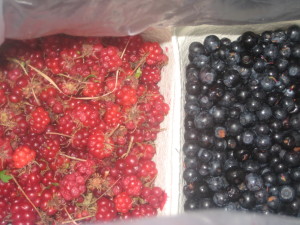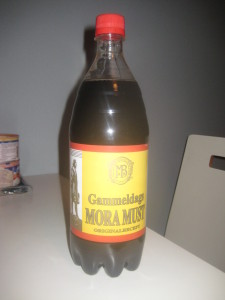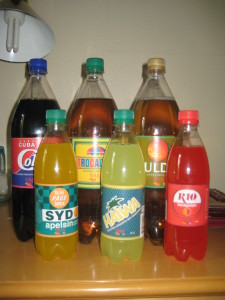When I visited VDD13 (they’ve finally made it right — with Trocadero and surströmming, hopefully they’ll keep the level in the future) I could make some additional observations on the rail that finally lead to this post.
First, I like to talk about catenary constructions. They usually come in two variations — a single post with a special support for the wires or two posts with a horizontal construction between them that supports the wires.
It might be hard to believe but they can be æsthetically appealing too.
The top on my list is Sweden (and Netherlands since they seem to employ the same construction). The poles are made from lattice and thus are nice and horizontal supporting constructions are always made as trapezoids.
Runner-up is Switzerland — they also have nice lattice constructions but they seem a bit compressed to me.
Germany has the same poles but for wider ranges they usually have only a wire between poles from which the wire-supporting constructions hang.
Most of the other contries have simple round masts or H-shaped beams that are not interesting, though I must admit French ones have nice wire support constructions reminding of violin bow.
And on the very bottom of the list is Denmark with its large ugly ?-shaped masts in the colour of rust.
And now to the second thing — toilets. I usually try to avoid them but sometimes I feel I have to visit one onboard. So here’s a comparison of that essential thing.
Ukraine — toilets on so-called “InterCity+” should not be that bad, toilets in older carriages are better not be visited at all (and since they dump contents onto tracks directly, toilet rooms are locked long before stations and after them).
Germany — on InterCity trains toilets are decent (or at least tolerable), on ICE they are too small even in the first class. Even on regional trains and trams it seems to be bigger.
France — on TGV first class they are even smaller that on ICE, in the second class even a person smaller than me has problems fitting inside.
Sweden — those people really care. The spaciest toilet rooms on trains I can remember (especially on Reginatåg).
Switzerland — the toilet on Rhätische Bahn regional trains seemed quite good even if those are narrow-gauge trains.
Moral of the story — Swedish trains and railways are the best (and if you have doubts you’re reading the wrong blog).
 Yes, that one
Yes, that one Berries
Berries Mora Bryggeri — no julmust or påskmust
Mora Bryggeri — no julmust or påskmust The Reference Drinks
The Reference Drinks